Jikai Chen
SQLCritic: Correcting Text-to-SQL Generation via Clause-wise Critic
Mar 11, 2025Abstract:Recent advancements in Text-to-SQL systems have improved the conversion of natural language queries into SQL, but challenges remain in ensuring accuracy and reliability. While self-correction techniques refine outputs, they often introduce new errors. Existing methods focused on execution feedback mainly address syntax issues, leaving semantic errors -- where the query's logic fails to align with the user's intent -- largely unaddressed. We propose a novel approach combining structured execution feedback with a trained critic agent that provides detailed, interpretable critiques. This method effectively identifies and corrects both syntactic and semantic errors, enhancing accuracy and interpretability. Experimental results show significant improvements on two major Text-to-SQL benchmarks, Spider and BIRD, demonstrating the effectiveness of our approach.
Virtual synchronous generator of PV generation without energy storage for frequency support in autonomous microgrid
Jul 04, 2021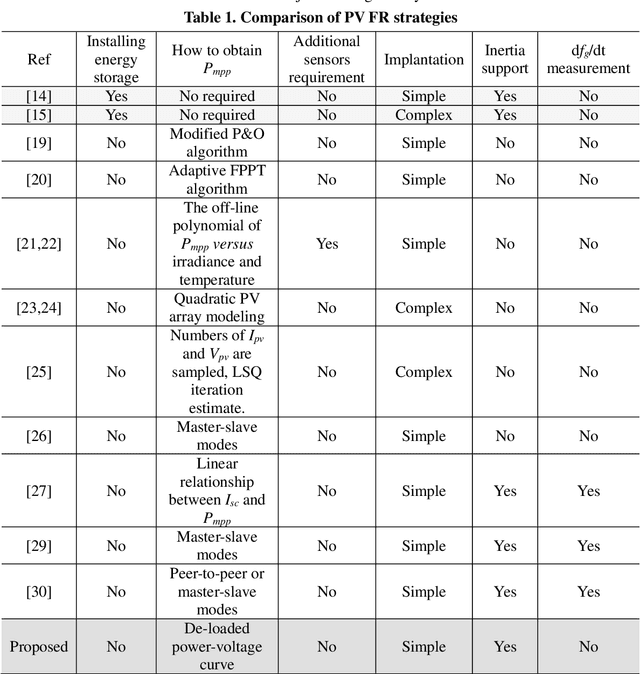
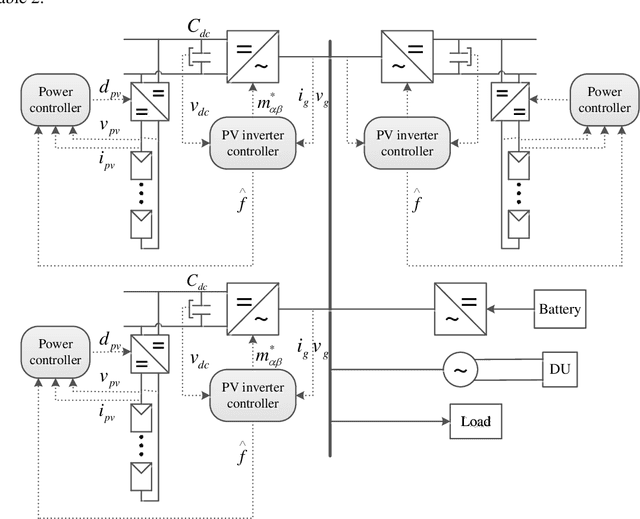

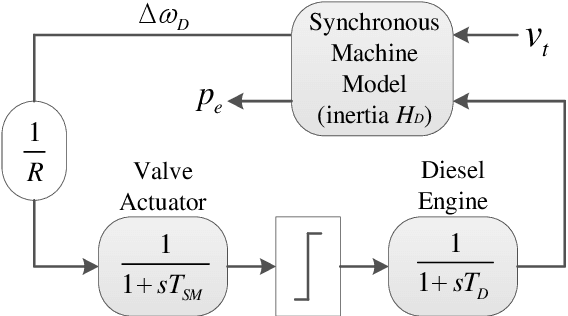
Abstract:In autonomous microgrids frequency regulation (FR) is a critical issue, especially with a high level of penetration of the photovoltaic (PV) generation. In this study, a novel virtual synchronous generator (VSG) control for PV generation was introduced to provide frequency support without energy storage. PV generation reserve a part of the active power in accordance with the pre-defined power versus voltage curve. Based on the similarities of the synchronous generator power-angle characteristic curve and the PV array characteristic curve, PV voltage Vpv can be analogized to the power angle {\delta}. An emulated governor (droop control) and the swing equation control is designed and applied to the DC-DC converter. PV voltage deviation is subsequently generated and the pre-defined power versus voltage curve is modified to provide the primary frequency and inertia support. A simulation model of an autonomous microgrid with PV, storage, and diesel generator was built. The feasibility and effectiveness of the proposed VSG strategy are examined under different operating conditions.
Regularizing Deep Hashing Networks Using GAN Generated Fake Images
Sep 02, 2018

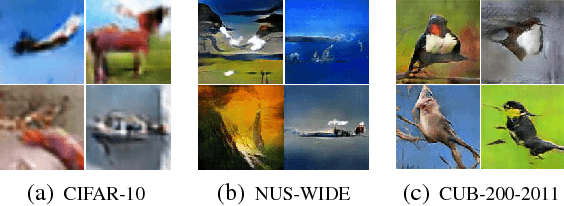
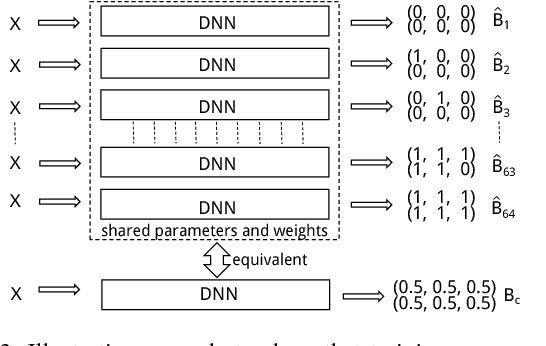
Abstract:Recently, deep-networks-based hashing (deep hashing) has become a leading approach for large-scale image retrieval. It aims to learn a compact bitwise representation for images via deep networks, so that similar images are mapped to nearby hash codes. Since a deep network model usually has a large number of parameters, it may probably be too complicated for the training data we have, leading to model over-fitting. To address this issue, in this paper, we propose a simple two-stage pipeline to learn deep hashing models, by regularizing the deep hashing networks using fake images. The first stage is to generate fake images from the original training set without extra data, via a generative adversarial network (GAN). In the second stage, we propose a deep architec- ture to learn hash functions, in which we use a maximum-entropy based loss to incorporate the newly created fake images by the GAN. We show that this loss acts as a strong regularizer of the deep architecture, by penalizing low-entropy output hash codes. This loss can also be interpreted as a model ensemble by simultaneously training many network models with massive weight sharing but over different training sets. Empirical evaluation results on several benchmark datasets show that the proposed method has superior performance gains over state-of-the-art hashing methods.
Improving Deep Binary Embedding Networks by Order-aware Reweighting of Triplets
Apr 17, 2018

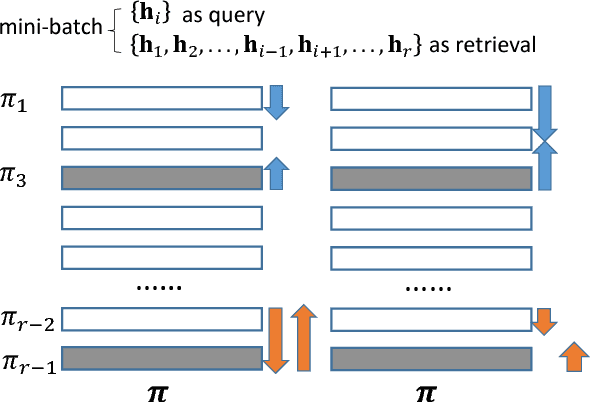
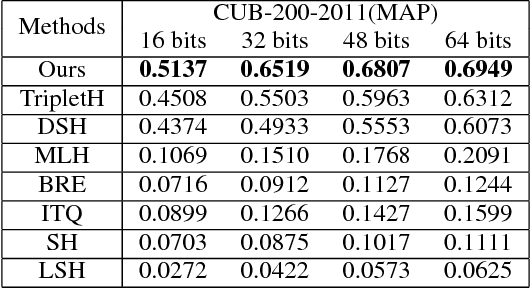
Abstract:In this paper, we focus on triplet-based deep binary embedding networks for image retrieval task. The triplet loss has been shown to be most effective for the ranking problem. However, most of the previous works treat the triplets equally or select the hard triplets based on the loss. Such strategies do not consider the order relations, which is important for retrieval task. To this end, we propose an order-aware reweighting method to effectively train the triplet-based deep networks, which up-weights the important triplets and down-weights the uninformative triplets. First, we present the order-aware weighting factors to indicate the importance of the triplets, which depend on the rank order of binary codes. Then, we reshape the triplet loss to the squared triplet loss such that the loss function will put more weights on the important triplets. Extensive evaluations on four benchmark datasets show that the proposed method achieves significant performance compared with the state-of-the-art baselines.
 Add to Chrome
Add to Chrome Add to Firefox
Add to Firefox Add to Edge
Add to Edge